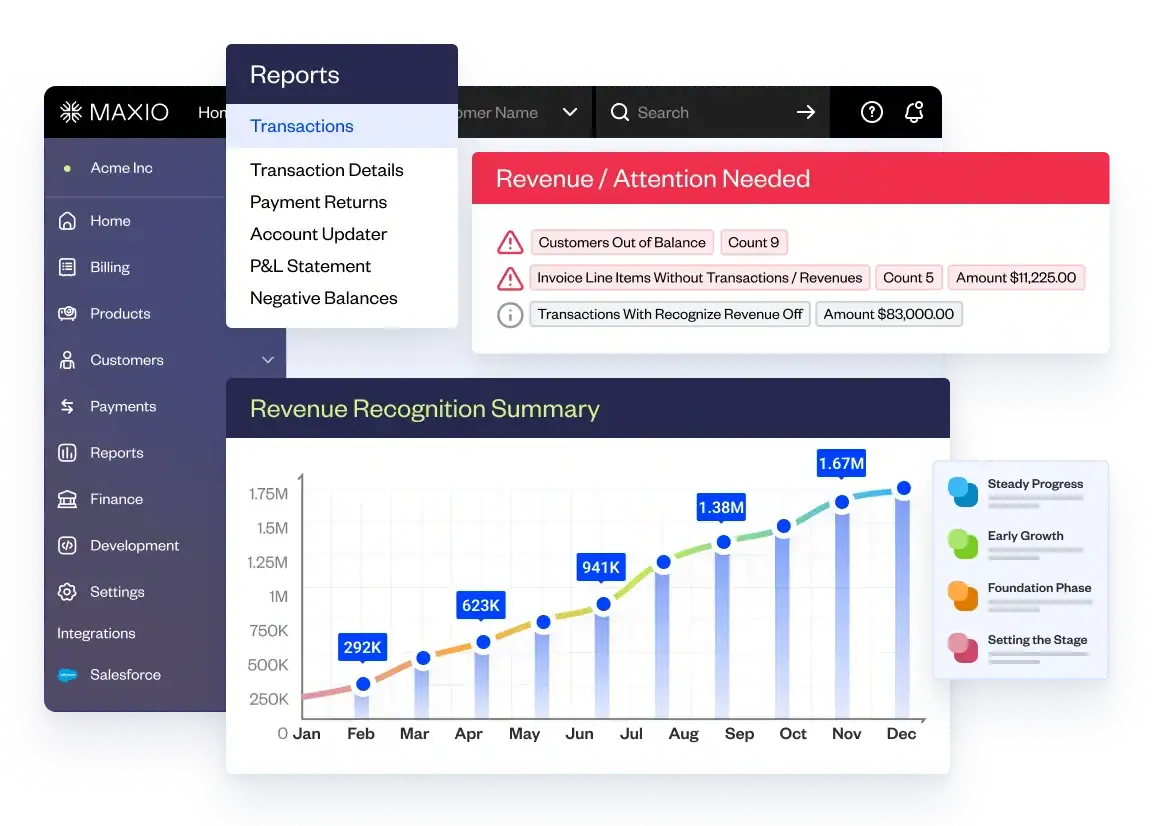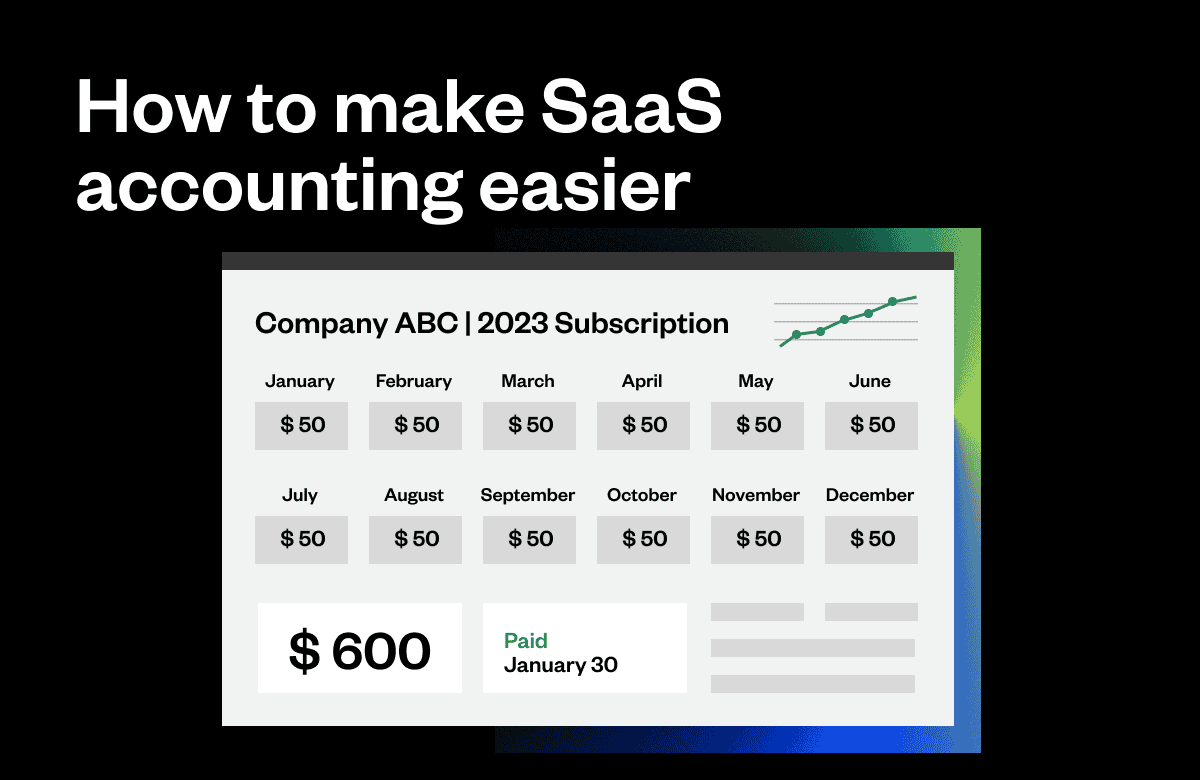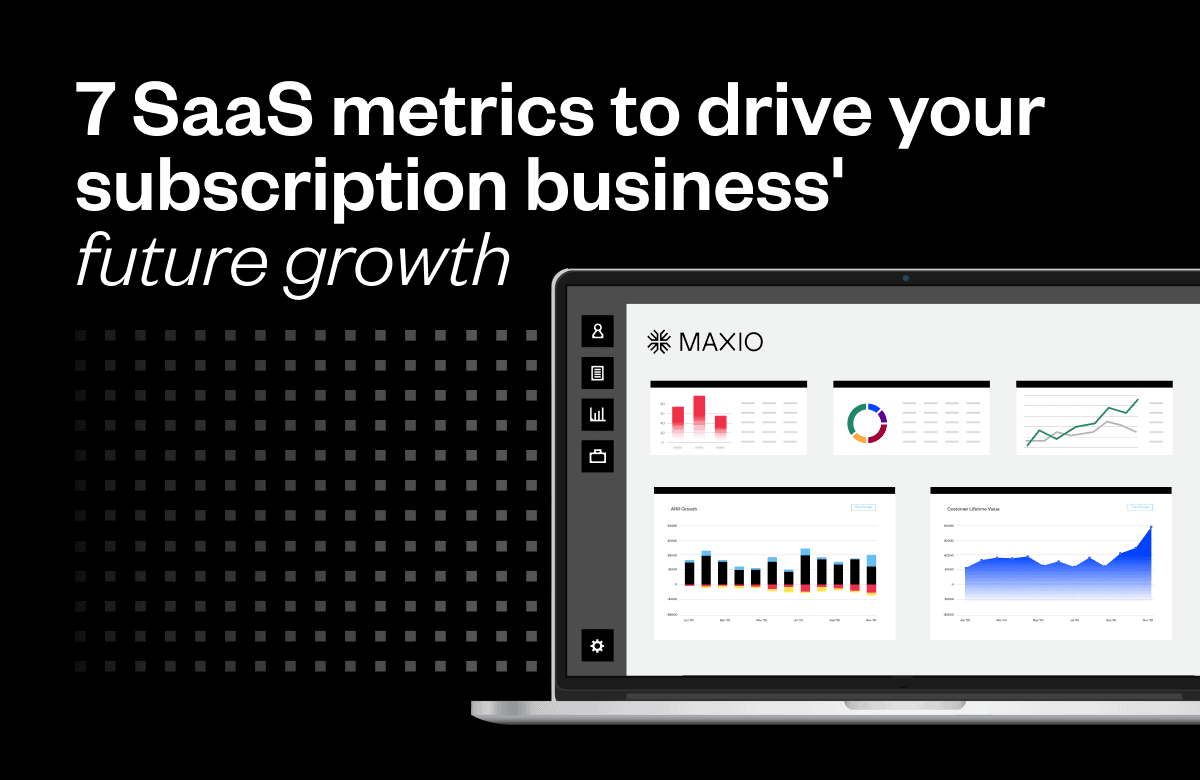On average, between 60% and 73% of an enterprise’s data goes unutilized for analytics. And in today’s data-dominated B2B SaaS market, that can be detrimental to your business. This deluge of underutilized business metrics is often caused by a lack of proper data processing and analytics software. However, even with the right technology in place, the sheer complexity of identifying which information is most valuable to your business contributes to the sobering fact that companies are not taking advantage of the insights at their fingertips.
Tracking key business metrics is one thing. Understanding how to optimize and implement that information to achieve heightened business success is another. Let’s talk about what data your SaaS organization should be monitoring most closely, and how you can use it to further your goals.
Stop spinning your wheels on numbers that don’t affect your bottom line.
Data can drive positive business outcomes if you listen closely and use it as a strategic asset. Don’t want to take our word for it? Just look at Netflix. Paying close attention to their key business metrics allowed them to influence 80% of content viewed. Predicting customer interests and tailoring streaming suggestions successfully increase their viewership (evidenced by the $25 billion in revenue they generated in 2020 alone).
However, Netflix didn’t succeed by tracking random data. They tracked the right data for their business.
So, what data should you be tracking? Unfortunately, determining the best data to track (at least, to Netflix levels of complexity) will take a unique perspective into your business, which is something no blog post can really determine for you. (You need a personalized consultation for that.) However, almost every SaaS company in existence shares the same broad scale objective: grow quickly while delighting their customers. With that goal in mind, we’ve gathered 10 key business metrics to get you started putting your data to work.
Whether you’re just getting started or if you’re looking for a refresher on the basics, this post will help you ensure you’re watching the key business metrics which most closely align with your broader business goals.
Having trouble turning your data into actionable insights? Join us on May 4th or 5th to discover the first self-service analytics suite powerful enough to support your entire business, but simple enough for anyone to use—no data science degree required.
10 key business metrics to help your organization…
Keep an eye on growth
It’s difficult to plan for potential business expansion when you don’t have an accurate read on the current trends and daily ebb and flow of your business. Strong (and accurate) data reporting in the following areas helps CEOs and CFOs feel confident in their next move.
1. MRR and ARR
We know this is a given, but we can’t skip the cardinal metrics for recurring revenue in a top 10 post.
Tracking your MRR and ARR is crucial to understanding overall business growth and momentum. MRR allows you to watch changes in revenue month to month, while ARR offers the same insight, but within a yearly context. Both arm you with crucial insights, like new business, expansion, upgrades, downgrades, re-activation, churn, the list goes on. The success or failure of a SaaS company is written in it’s MRR and ARR numbers.
2. Forecasting New Business
Forecasting metrics pull together your historical monetary data—including a whole slew of MRR metrics for new, existing, and lost business—so you can make informed decisions based on the entire picture of company performance. When forecasting (specifically for new business), these three metrics are especially important:
- Quota: It all starts with revenue. Your quote and quota attainment should be reportable, not hidden in a spreadsheet somewhere. This is key to understanding where your business is (or isn’t) going.
- Acquisition: You can’t argue with the numbers. Your acquisition rate paints an honest picture of how your company performed in relation to the target revenue and/or sales goals for that period of time—helping you realistically fine tune your goals.
- Pipeline: The size of your pipeline is far less crucial than the relevancy of those leads for your business. Does your pipeline consist of true potential customers, or is it just a collection of looky loos? How long does your pipeline spend in your funnel, and where are you seeing the most success?
3. Churn
Customers are the heartbeat of every company. Nothing is as important as keeping a close eye on the health of your subscribers. Your data reporting tools should give you a real-time view of customer health, i.e. subscribers that convert (new business), cancel (churn), grow (install-based growth), and return (reactivate). Not all SaaS churn business metrics are created equally, though. Here’s our recommended handful to keep your eye on:
- Subscriber Churn Rate: The rate at which your customers are canceling their subscriptions. Calculation: Subscriber Churn Count / Start of Period Subscriber Count.
- MRR Churn Rate: The rate at which MRR is lost from churn (canceling or expiring subscriptions). Calculation: Churn MRR / Start of Period MRR.
- Gross MRR Loss: The sum of MRR lost from both churn (canceling or expiring subscriptions) and contraction (downgrades). Calculation: Churn MRR Contraction MRR.
- Net MRR Churn Rate: The rate at which MRR is lost (or gained) from churn (canceled or expired subscriptions) plus gained from reactivation (cancelled accounts that came back). Calculation: Churn MRR Reactivation MRR / Start of Period MRR.
- Usage Trend Report: The rate and trend of usage of your specific product lines and offerings.
Stop revenue leakage.
It’s hard to “show your CFO the money” when the numbers don’t add up—or you don’t even know where the most current numbers are.
4. Finance Reports
Your financial data should account for every dollar and cent that flows through your organization. It should also eliminate the need for time-intensive, ad hoc reporting to consolidate total revenue, define the subcategories of revenue (including usage-based revenue), and reconcile all transactions at the end of the month. Your finance and accounting team will benefit from having a granular, real-time understanding of:
- Total Revenue: All the subcategories of sales, discounts, and credits/voids that make up total revenue
- Total Billed: Total Revenue plus applicable taxes
- Payments: Understand all payments—collected vs. expected vs. uncollected
- Outstanding Balances and Dunning: During the collections process, a business will have its personnel or a hired third party contact customers who have fallen behind on paying their bills
Price and package the way your customers want.
User behavior can shed valuable (and profitable) light on your customers’ relationship with your product. Tracking this product interaction and event data within your application or service can identify patterns and actionable insights into your customers’ preferences.
5. Product/Feature Usage Metrics
Customer usage trends can offer valuable insights into customer satisfaction. Happy and loyal customers will send usage rates soaring. Disengaged users won’t. Keeping an eye on these trends allows you to get ahead of these trends by proactively identifying upsell opportunities or mitigate possible churn. (For the biggest advantage, choose an analytics solution which enables you to watch these trends in real time.)
6. Customer Activity
Tracking in-depth customer activity helps you understand the different actions your subscribers are taking (and where/when they take them). By analyzing your customers’ innate behavior, you can better allocate resources and tactics to reach your target audiences and ultimately, create more opportunity to increase your subscription revenue.
7. Cost per Conversion
Conversions are the cornerstone of your business and can help you understand what makes your customers decide to (or not to) buy your product or subscribe to your service. You should pay close attention to how much time, money, and resources you’re spending on each conversion to make sure you’re keeping the cost as low as possible—while still increasing your conversion rate, of course.
Improve customer experience.
Happy customers are loyal customers. That’s why it’s important to address and solve less-than-five-star customer experiences before they become a bigger (and repeated) occurrence for your business.
8. Refunds issued
Any time customers request a credit or refund is a red flag. Track these situations closely to understand refund trends. This is the best way to identify and solve the underlying problems, preventing that negative customer action in the future.
9. Freemium Upgrades and Trial Conversions
Do your customers consistently keep and use their free membership? Or do they cancel their subscription as soon as the free trial period is up? Both behaviors are telling. The rate at which freemium and trialing members convert to a paid membership helps you understand customer satisfaction trends and how invested and fulfilled they need to be to convert.
10. Customer Lifetime Value
The relationship a customer has with your service or product over a certain period of time helps you measure the amount of revenue they bring to your business. This long-term business metric sheds valuable light on the customer journey and how you can convert short-term users into loyal, long-term customers.
Granular transparency produces more insightful metrics.
If you want your data to make the greatest impact, employ an analytics solution with the ability to gather and process granular data. Your software should be able to easily process as much data as you can throw at it. It should also provide you with easy ways to filter and adjust the data by relevant segments (region, product, or industry), specific date ranges, and intervals (weekly, monthly, yearly), or whichever criteria is most relevant to your business.
This granular flexibility is the competitive advantage that provides you with the insights you’re looking for at that exact moment you need them. But it’s not something you can achieve if you’re tracking these key business metrics in spreadsheets or across an array of systems.
In just a few weeks, Maxio will be unveiling our latest feature: an advanced data streaming and analytics tool which will empower your organization to transform your untapped data into actionable insights.
- Optimize your data analytics strategy with a self-service analytics suite powerful enough to uncover real-time, customized insights for your enterprise, yet simple enough for everyone to use.
- Analyze your subscription billing data alongside relevant data from across your entire business stack for a single source of truth.
- Build custom dashboards to track the business metrics that matter, so you can make swift, data-backed decisions that tackle your top priorities.
Join our upcoming launch event on May 4th or 5th (depending on your region) to learn how this new tool can help you turn the massive amount of data you’re already collecting into your competitive advantage.






